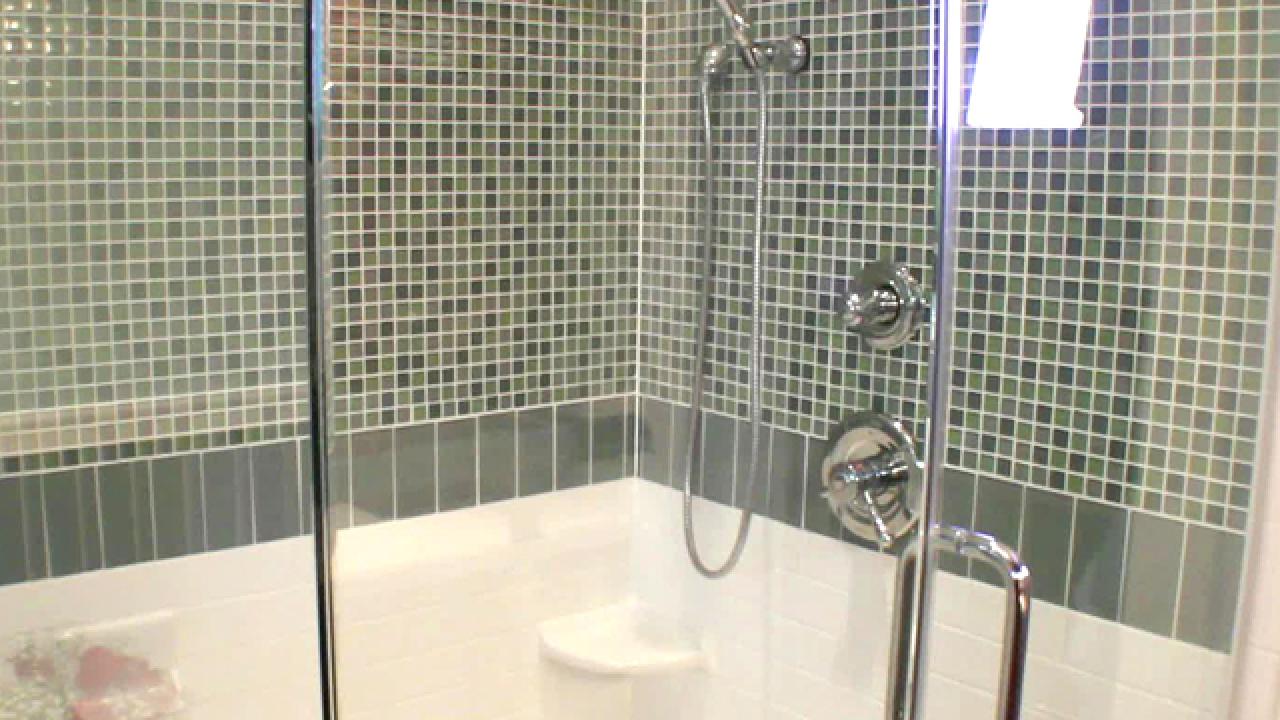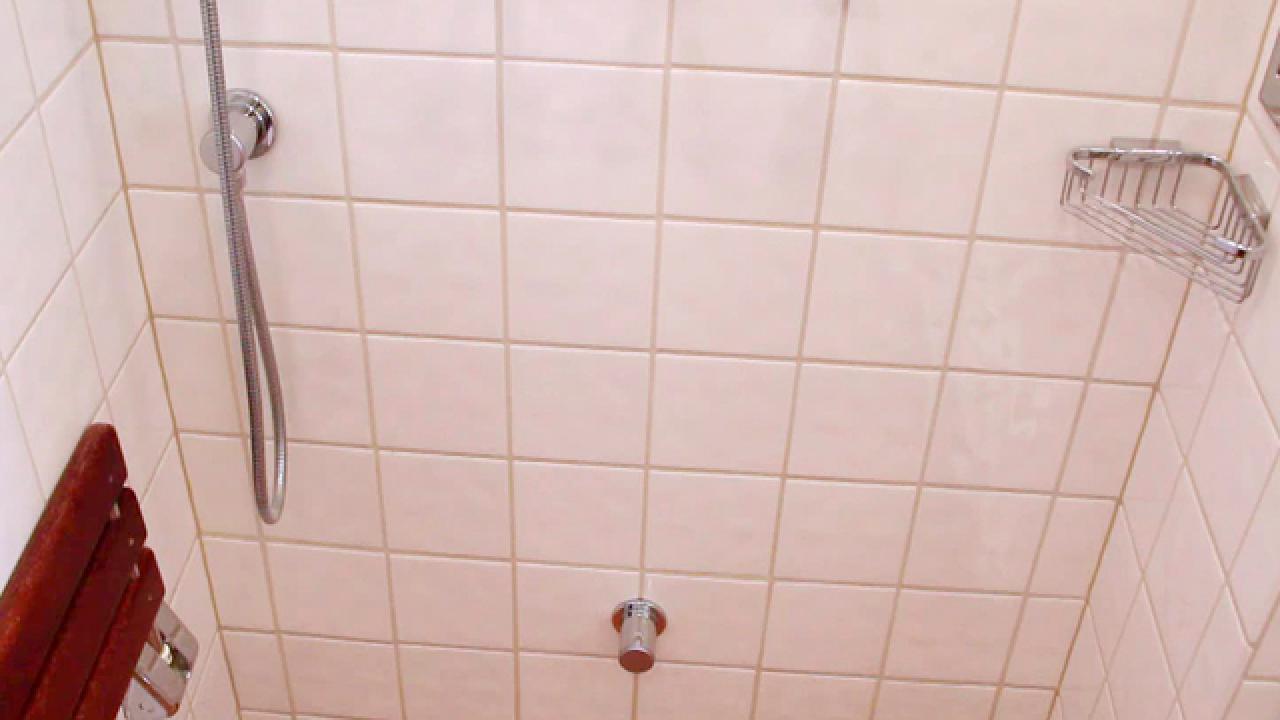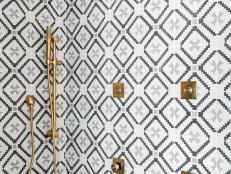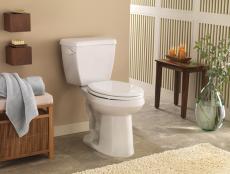Shower Buying Guide

Moen
Shower fixtures are more than just functional items—they're our friends. They freshen us up for the day ahead, warm our souls when we're chilly and give us a soothing pat on the back after a workout. We have a close relationship with our shower fixtures and we want them to perform well and last a long time. If you're in the market for a new showering system, here's what you need to know.
Before choosing a bathroom shower fixture, you'll need to consider a few factors, such as which spray style you want, as well as what your budget will allow. Other considerations include the size of your bathroom and what sort of shower fixtures are typically found in similar homes in your area.

Shower Fixture Types
Showerheads fall into five general categories. Many have some adjustable features that let you select the spray pattern and the intensity of the jets.
Single-head spray showerheads are the familiar bulbous, adjustable nozzles that have been rinsing our collective bods for decades. Single-heads feature four or more individual nozzles that distribute the spray in patterns. The nozzles adjust with a small lever that changes the flow pattern from wide spray to concentrated streams.
Rain showers are large, flat heads that are suspended directly above the user and direct the spray straight down.
Dual and multiple showerheads feature more than one showerhead controlled by a single set of levers (or handles). A typical configuration is a fixed, wall-mounted showerhead paired with a handheld counterpart. In some instances, a diverter valve allows the user to operate either showerhead or both simultaneously.
Hand-held showerheads feature a single head sprayer attached to a flexible hose, good for washing hair and those hard-to-reach places. Hand-held showerheads are particularly useful for those with limited mobility, and those who might shower in a sitting position.
Body sprays have multiple spray heads integrated into the shower wall. The heads themselves are either compact nozzles, or are flat and nearly flush to the wall surfaces. The possible configurations are limited only by your imagination and your home's water pressure—you'll need at least 45 psi (pounds per square inch) delivered through three-quarter inch supply lines. Prices for pre-configured systems range from $500 to more than $5,000.
Bathroom Shower Fixtures
See All PhotosShower Fixture Finishes
Showerheads, handles and valve controls come in a many finishes including polished chrome, brushed chrome, polished nickel, brushed nickel, hammered nickel, stainless steel, bronze, brushed bronze, oil-rubbed bronze, polished brass, black and white. If a consistent look for your bathroom finishes is important to you, select all your bath fixtures, faucets and accessories from the same manufacturer.
Remember that polished finishes are elegant but require constant upkeep to keep them looking bright and free from spots. Brushed and matte finishes are better at hiding water spots and fingerprints.
Shower Valves
While the showerhead and handles may get all the attention, some of the real beauty lies where you can't see it—in the valves that regulate water pressure and temperature. Why should you care? Because a basic understanding of valves is key to selecting the right faucet for your needs and to understanding costs.
Mixing valve: This is the basic device that mixes hot and cold water. When you twist your temperature control lever to make your water hotter or colder, you're adjusting your mixing valve.
Pressure-balance valve: This miracle worker keeps water temperature constant by adjusting the pressure of your hot and cold water inflow. That way, you won't be surprised when the washing machine comes on and steals your hot water pressure. It's also called an anti-scald valve, and it's an especially good safety feature for small kids or senior citizens. A drawback is that it maintains constant temps by altering pressure, so the overall flow rate of the water may fluctuate.
Anti-scald pressure-balance valve: These valves are required in new home construction. In older homes, however, installing a pressure-balance valve may invite problems—clogged and corroded pipes may reduce pressure to the point that the valve won't do its job properly. If you suspect problems, contact a licensed plumber to evaluate your pressure.
Thermostatic valve: This is a more sophisticated version of a pressure-balance valve. It maintains constant temperature but, unlike the traditional pressure-balance valve, the thermostatic version maintains constant pressure. You'll pay about twice as much for a thermostatic valve as a simple pressure-balance valve.
Saving Water
Showering accounts for about 17 percent of all water usage in the average U.S. home, or about 30 gallons per day according to the Environmental Protection Agency (EPA). That substantial usage was a focus of the 1992 Federal Energy Management Act requiring new showerhead fixtures to have a maximum flow rate of 2.5 gallons per minute (gpm).
The EPA expanded its water conservation efforts with the WaterSense program. Developed in 2005, WaterSense sets standards of water flow volume for various fixtures, including showerheads. Shower fixtures that earn the WaterSense label must have flow rates of no more than 2.0 gpm. The program includes standards of performance, so that showers and other fixtures provide good, strong flows while conserving water.
Some showerheads feature adjustable settings so you can choose your water-saving sensibility of the day. The Tri-Max showerhead from Niagra, for example, has three flow rates—1.5 gpm, 1.0 gpm and an ultra-low 0.5 gpm— and sells for about $20.
A further benefit of WaterSense showerheads is a reduction in the amount of hot water consumed. The EPA estimates that replacing traditional, 2.5 gpm showerheads with WaterSense-certified heads will reduce energy bills by an average of 300 kilowatt hours per household annually.
Luxury Features
Steam showers. These can be retrofitted into existing bathrooms or ordered for new construction. They come as complete pre-fabricated shower units with special doors that help seal in steam or as separate components that can be installed in a custom shower stall.
The soul of the steam shower is a breadbox-sized generator that turns water into steam, then pipes it into the shower enclosure. A retrofit project means finding a location for the generator—typically a nearby closet or cabinet.
The LineaAqua Denver pre-fabricated steam shower unit features a completely sealed fiberglass enclosure, 10 body massage jets, an overhead rain shower fixture, chromotherapy mood lighting and surround sound stereo speakers. The list price of the unit (without installation costs) is about $7,000.
Digital controls. Get a multi-sensory experience at the touch of a button. Program your shower controls to regulate flow intensity, temperature, ambient lighting and music from your private collection. Kohler sells the DTV Digital Interface for $1,637, but you'll need to add a thermostatic valve and media server. You'll also need a digital wiring professional to hook up your master control panel.








































